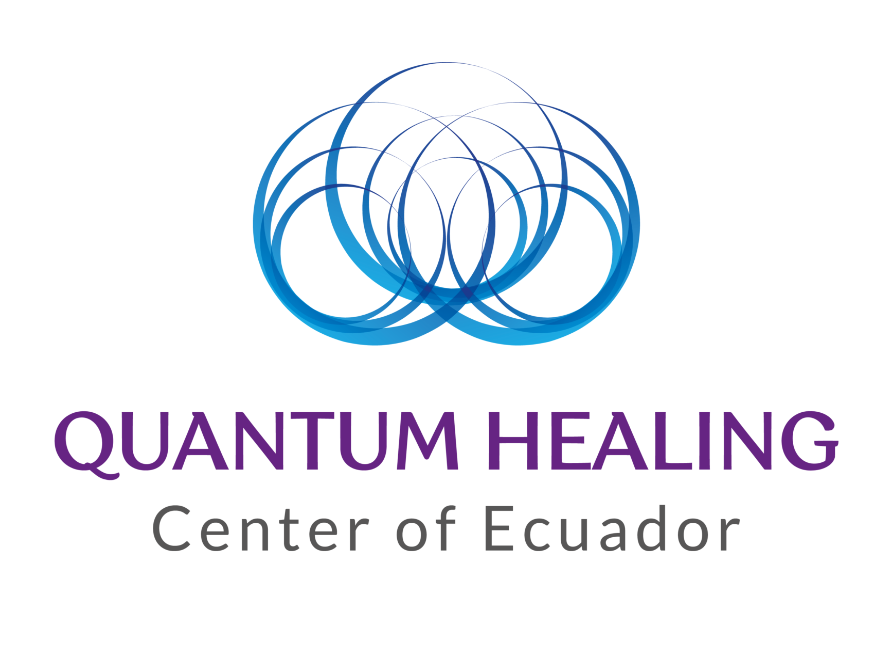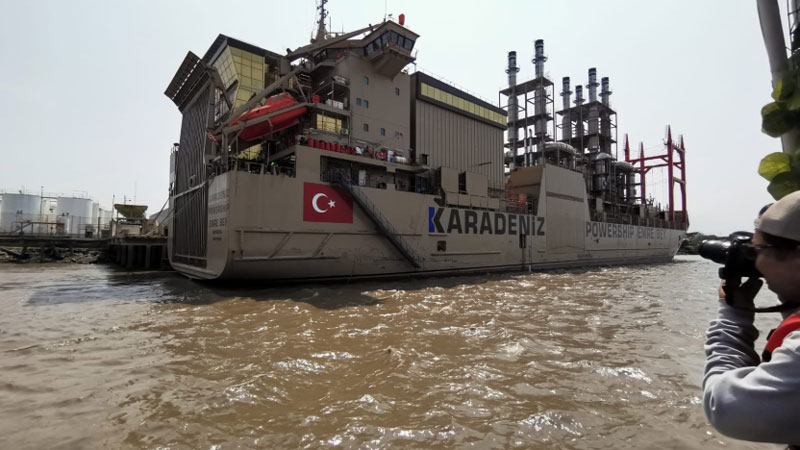Ecuador is a battleground in the fight against illegal mining and deforestation of the Amazon
By Latin American Post staff
Illegal mining continues to ravage Ecuador’s Amazon rainforest, with over 1,400 hectares of land destroyed. As Latin American countries grapple with similar crises, the environmental and social costs are mounting. How can they balance protection with economic needs?

Ecuadorian soldiers dismantle an illegal gold mine in the Amazon jungle.
Illegal gold mining is leaving a devastating mark on Ecuador’s Amazon, specifically in the area around the Punino River, one of the regions hardest hit by this illicit activity. Since monitoring began in 2019, nearly 1,500 hectares of pristine jungle have been lost to deforestation caused by illegal mining operations, according to the Proyecto de Monitoreo de la Amazonía Andina (MAAP). This independent initiative tracks deforestation in the Amazon basin using satellite images and data analysis.
MAAP’s recent report, published in mid-2024, revealed that in just the first six months of this year, 420 hectares of forest were cleared in the Punino River area, bringing the total affected area since 2019 to 1,422 hectares. A staggering 90% of this destruction occurred outside the legal boundaries set for mining, underscoring the scale of illegal activity.
The environmental impacts are far-reaching, with mining operations expanding dangerously close to the Sumaco-Napo Galeras National Park and the El Chaco Municipal Conservation Area. Even more concerning is the intrusion into indigenous territories belonging to the Kichwa people, whose ancestral lands are being destroyed without consent or protection.
This crisis in Ecuador is not unique. Across Latin America, illegal mining is posing a grave threat to some of the most biodiverse regions on Earth, as well as to the local communities that depend on these ecosystems for survival.
A Widespread Problem in Latin America
Ecuador’s Amazon is just one example of the destructive power of illegal mining in Latin America. Across the region, countries such as Peru, Brazil, Colombia, and Venezuela are facing similar challenges. In Peru, illegal gold mining in the Madre de Dios region has turned once-vibrant rainforests into barren wastelands, with entire ecosystems wiped out in the pursuit of precious metals. The deforestation in Madre de Dios is so extreme that the region has been labeled a “biological desert” by environmental experts, with satellite images revealing large swathes of land stripped bare by mining.
Brazil’s Amazon, the largest tropical rainforest in the world, is also being decimated by illegal mining operations, particularly in the state of Pará. There, miners penetrate deep into protected indigenous territories, such as the Yanomami reserve, despite the Brazilian government’s efforts to crack down on the practice. Criminal gangs often control these illegal operations, and the miners themselves live and work in deplorable conditions. The environmental damage includes mercury poisoning of rivers, which threatens wildlife and the health of indigenous communities who rely on the waterways for their livelihoods.
Colombia, another hotspot for illegal mining, faces similar challenges. The country’s northern regions, particularly Chocó, have seen dramatic increases in deforestation due to illegal gold mining. Chocó is home to Afro-Colombian and Indigenous communities, who find themselves caught between armed groups and environmental destruction. Like in Ecuador and Brazil, illegal mining in Colombia is often tied to organized crime, and the lucrative trade fuels violence and corruption.
The Social and Environmental Costs
The environmental toll of illegal mining is immense, but the social costs are just as profound. In Ecuador, the Kichwa people, whose lands are now overrun by miners, face not only the loss of their forests but also the destruction of their culture and way of life. The incursion into indigenous territories is not only illegal but also violates international human rights laws that protect the rights of indigenous peoples to their land and resources.
Human rights abuses, including forced labor, violence, and the exploitation of vulnerable populations, often accompany illegal mining. Miners usually work in dangerous conditions without proper safety equipment or legal protections. The use of mercury to extract gold from ore is rampant in illegal mining operations, and this toxic substance has poisoned rivers and drinking water across the Amazon basin. Mercury pollution has severe health consequences for local populations, including neurological damage and congenital disabilities.
In Peru, for example, mercury contamination in the rivers of Madre de Dios has been linked to widespread health problems among indigenous communities, who rely on these waterways for fishing and drinking water. Despite attempts by the Peruvian government to intervene, the sheer scale of illegal mining makes it challenging to control. The region’s remoteness, weak governance, and corruption create a perfect environment for unlawful mining to thrive.
In Colombia, the social impact is equally devastating. Illegal mining is often linked to armed groups that control vast swaths of territory. These groups exploit miners and local communities, using profits from gold to finance their operations. As a result, local populations are caught in the crossfire, forced to work in dangerous conditions, or flee their homes to escape violence. The influx of miners and the presence of armed groups also increase the risk of human trafficking and other criminal activities.
Can the Damage Be Reversed?
The challenges posed by illegal mining are vast, but there are potential solutions. Ecuador, for instance, has been working to strengthen its environmental protections and crack down on illegal mining. The Ministry of Environment has increased monitoring efforts, and there are ongoing discussions about improving enforcement in protected areas and indigenous territories. However, enforcement alone will not be enough.
The root causes of illegal mining must be addressed, including providing alternative livelihoods for those involved in the practice. Many unlawful miners turn to this work out of desperation, as it can be one of the few ways to make a living in remote and impoverished areas. Governments in Latin America must invest in sustainable development initiatives that provide economic alternatives to mining. In Ecuador, projects supporting ecotourism, sustainable agriculture, and forest conservation could offer a way out for those relying on illegal mining for survival.
Moreover, greater international cooperation is needed to address the transnational nature of illegal mining. Much of the gold extracted illegally from Latin America ends up on global markets, where it is laundered and sold without scrutiny. Countries in Europe, North America, and Asia must take more decisive action to ensure that the gold they import is not linked to environmental destruction or human rights abuses. This could include tighter regulations on gold imports and greater transparency in the supply chain.
Indigenous communities must also be at the center of any solution. Their knowledge of the land and commitment to its protection make them natural allies in the fight against illegal mining. Governments should work with Indigenous leaders to create stronger protections for their territories and involve them in decision-making processes. In Ecuador, the Kichwa people have been vocal advocates for protecting their land, but the government and mining companies often ignore their voices.
The Path Forward for Latin America
Illegal mining is a complex problem that affects Ecuador and many other countries across Latin America. Its environmental destruction is often irreversible, and its social impacts can be devastating for indigenous communities and other vulnerable populations. However, with the right combination of enforcement, economic alternatives, and international cooperation, mitigating the damage and protecting the region’s invaluable ecosystems is possible.
Ecuador’s experience with illegal mining offers important lessons for other Latin American countries. By strengthening environmental protections, working with indigenous communities, and addressing the root causes of illegal mining, countries across the region can take meaningful steps toward a more sustainable future. Action must be taken before even more of Latin America’s irreplaceable rainforests are lost forever.
_________________
Credit: Latin American Post

















